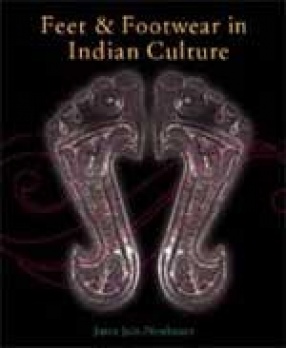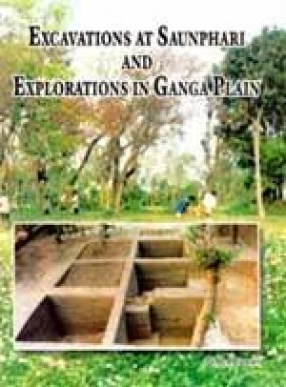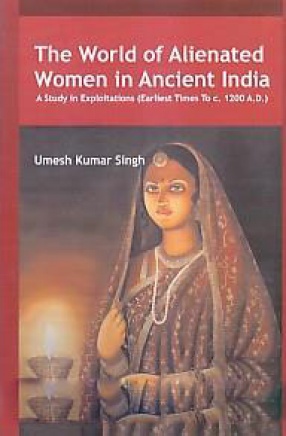Innumerable references to the foot and to foot worship in Indian culture convey the impression that the foot is regarded as an important if not the most important part of the human body. The foot is usually the part of the body that is venerated: the feet of elders are worshipped by the younger generation: the feet of religious teachers and holy men by their followers; the feet of idols by their devotees; the feet of innocent persons by wrongdoers seeking forgiveness. There is also the romantic attachment towards the beloved’s foot. It was in this context that Indian miniature painting, drama and poetry referred to men treasuring the touch of the foot of their beloved. Until half a century ago, India was described as a barefoot country, since the ascetic Hindu, Buddhist and Jain sects were not generally permitted the worldly luxury of footwear. The religious and historical significance of feet and footwear in Indian art and culture are presented in this book, which was inspired by The Bata Shoe Museum Foundation. The richness and variety of ancient and traditional footwear are lavishly illustrated, with outstanding examples of the typical toe-knob sandals, worn by mendicants and holy men and the beautifully embroidered shoes of the wealthy. Rare information on footwear has been culled from lesser-known Buddhist and Jain sources concerning the traditions and regulations governing the monastic life of monks. As part of the research, the Foundation organized field trips to various parts of India to document the making of some of the most traditional footwear types created by village craftsmen. Patterns and decorative treatments were studied and photographed. Examples include the making of leather chappals in Kohlapur’ embroidered Juttis in Jodhpur, Indo-Tibetan felt boots in Sikkim and vegetable fibre shoes in Ladakh.
Feet & Footwear in Indian Culture
In stock
Free & Quick Delivery Worldwide
reviews
Bibliographic information
Title
Feet & Footwear in Indian Culture
Author
Edition
1st ed.
Publisher
ISBN
8190206202
Length
176p., Col. & B/w Plates; Maps; References; Glossary; Bibliography; Index.
Subjects





There are no reviews yet.